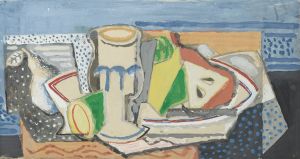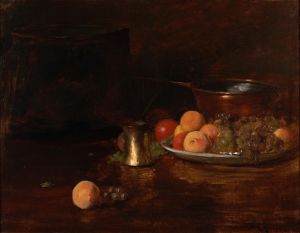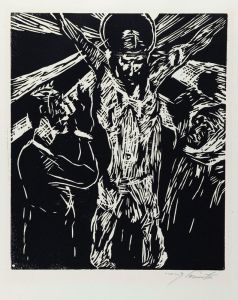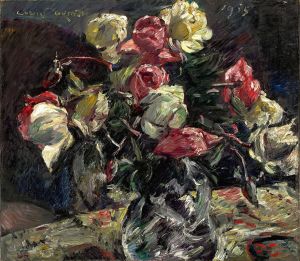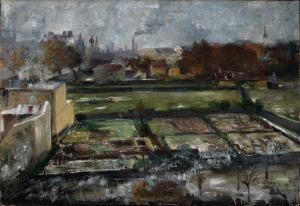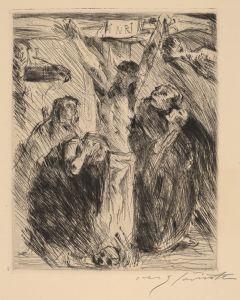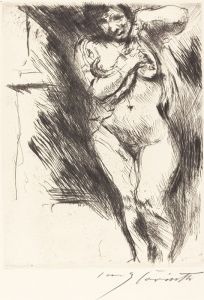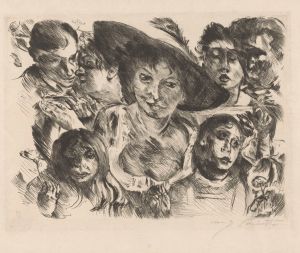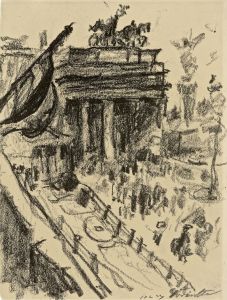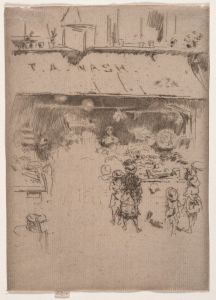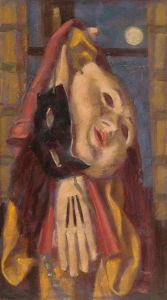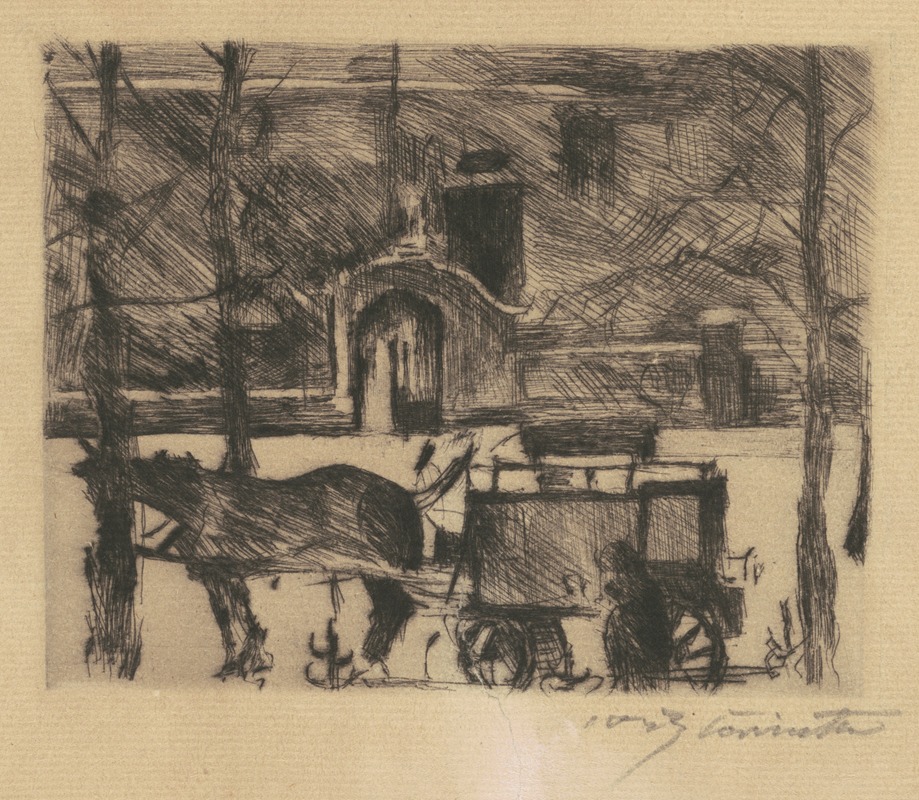
Milchwagen
A hand-painted replica of Lovis Corinth’s masterpiece Milchwagen, meticulously crafted by professional artists to capture the true essence of the original. Each piece is created with museum-quality canvas and rare mineral pigments, carefully painted by experienced artists with delicate brushstrokes and rich, layered colors to perfectly recreate the texture of the original artwork. Unlike machine-printed reproductions, this hand-painted version brings the painting to life, infused with the artist’s emotions and skill in every stroke. Whether for personal collection or home decoration, it instantly elevates the artistic atmosphere of any space.
Lovis Corinth's painting Milchwagen (translated as "Milk Wagon") is a work by the German painter and printmaker, who was a prominent figure in the transition from Impressionism to Expressionism. Corinth, born in 1858 in Tapiau, East Prussia (now Gvardeysk, Russia), was known for his dynamic brushwork and vivid use of color, often depicting scenes of everyday life, portraits, landscapes, and historical or biblical themes.
Milchwagen is one of Corinth's works that reflects his interest in capturing ordinary scenes with a sense of immediacy and vitality. The painting portrays a milk wagon, a common sight in rural or urban settings during the late 19th and early 20th centuries, when milk was delivered directly to households. The composition likely includes a horse-drawn cart, a milkman, and possibly other elements of daily life, rendered with Corinth's characteristic energetic style.
The exact date of the painting is not widely documented, but it is consistent with Corinth's broader body of work, which often focused on scenes of labor and the rhythms of life. His ability to blend realism with expressive techniques is evident in works like Milchwagen, where he captures not only the physical details of the scene but also its atmosphere and movement.
Corinth's career was marked by significant developments in his artistic approach. Early in his life, he studied at the Academy of Fine Arts in Munich and later in Paris under the academic painter William-Adolphe Bouguereau. His early works were influenced by academic traditions, but he gradually embraced Impressionist techniques, characterized by loose brushwork and an emphasis on light and color. After suffering a stroke in 1911, Corinth's style became even more expressive, with bolder colors and more dynamic compositions, which may also be reflected in Milchwagen if it was painted during his later years.
Lovis Corinth's contributions to art were widely recognized during his lifetime, and he served as the president of the Berlin Secession, an important group of progressive artists in Germany. His works are held in major museums and collections worldwide, and he remains a significant figure in the history of modern art.
Specific details about the provenance, current location, or exhibition history of Milchwagen are not readily available in public records. However, the painting is representative of Corinth's ability to elevate everyday scenes into compelling works of art through his mastery of form, color, and emotion.







